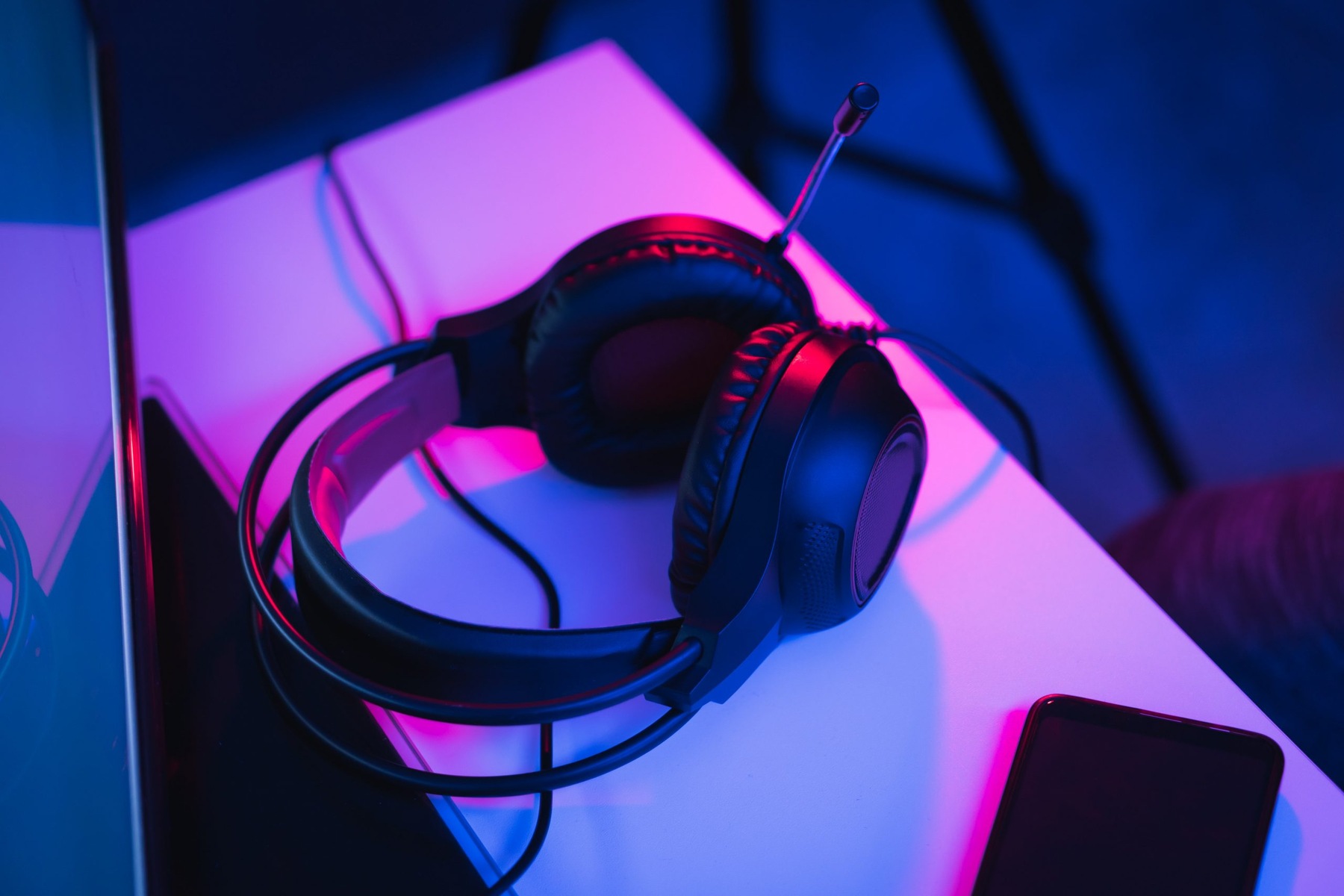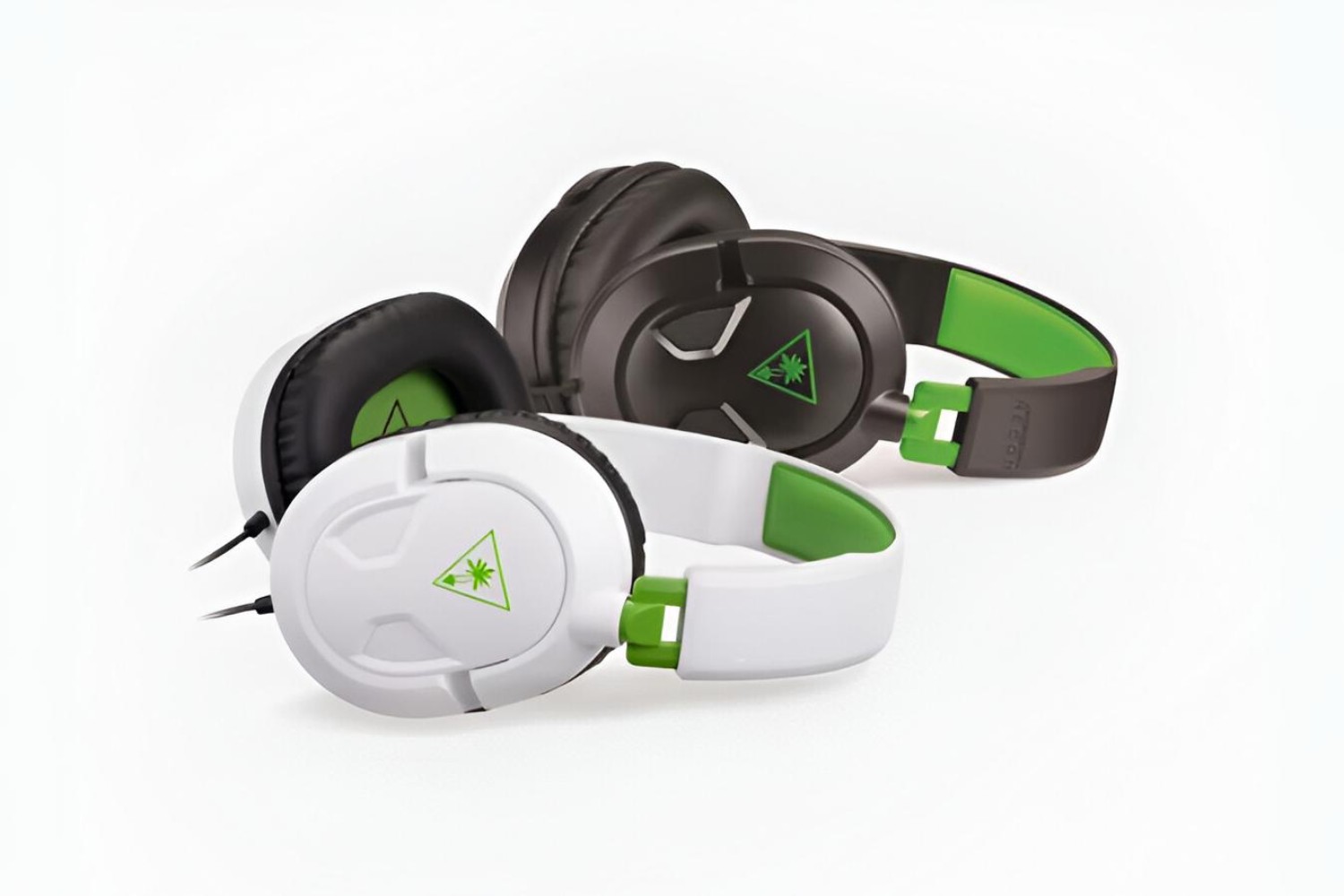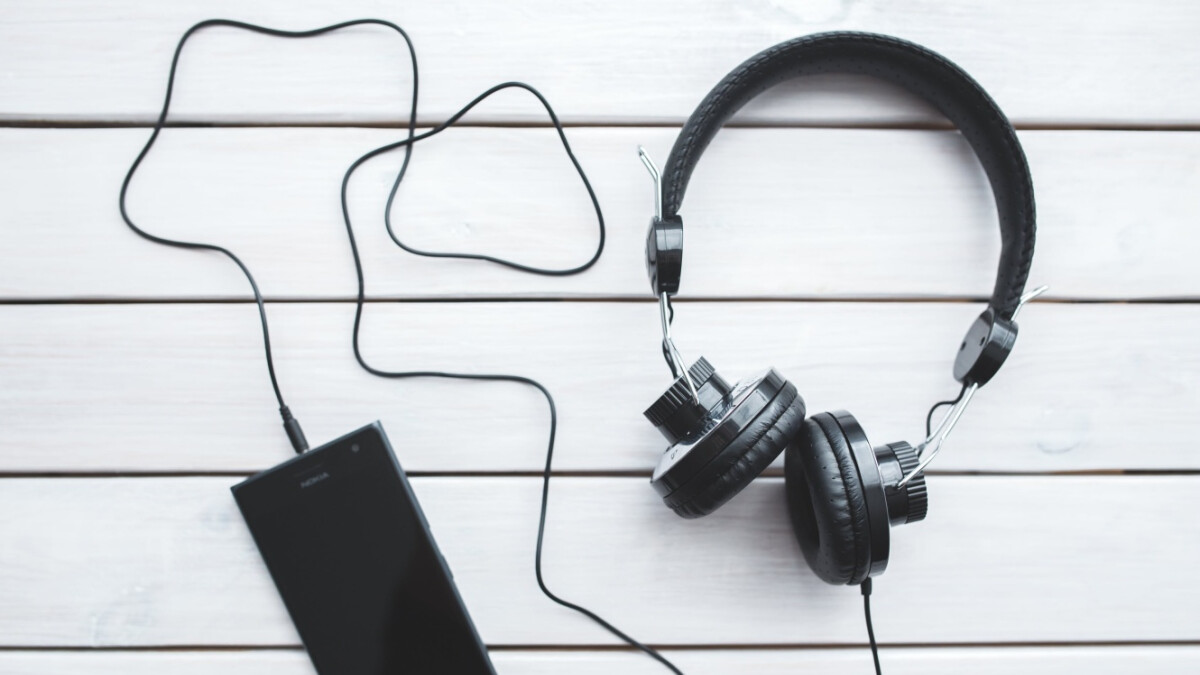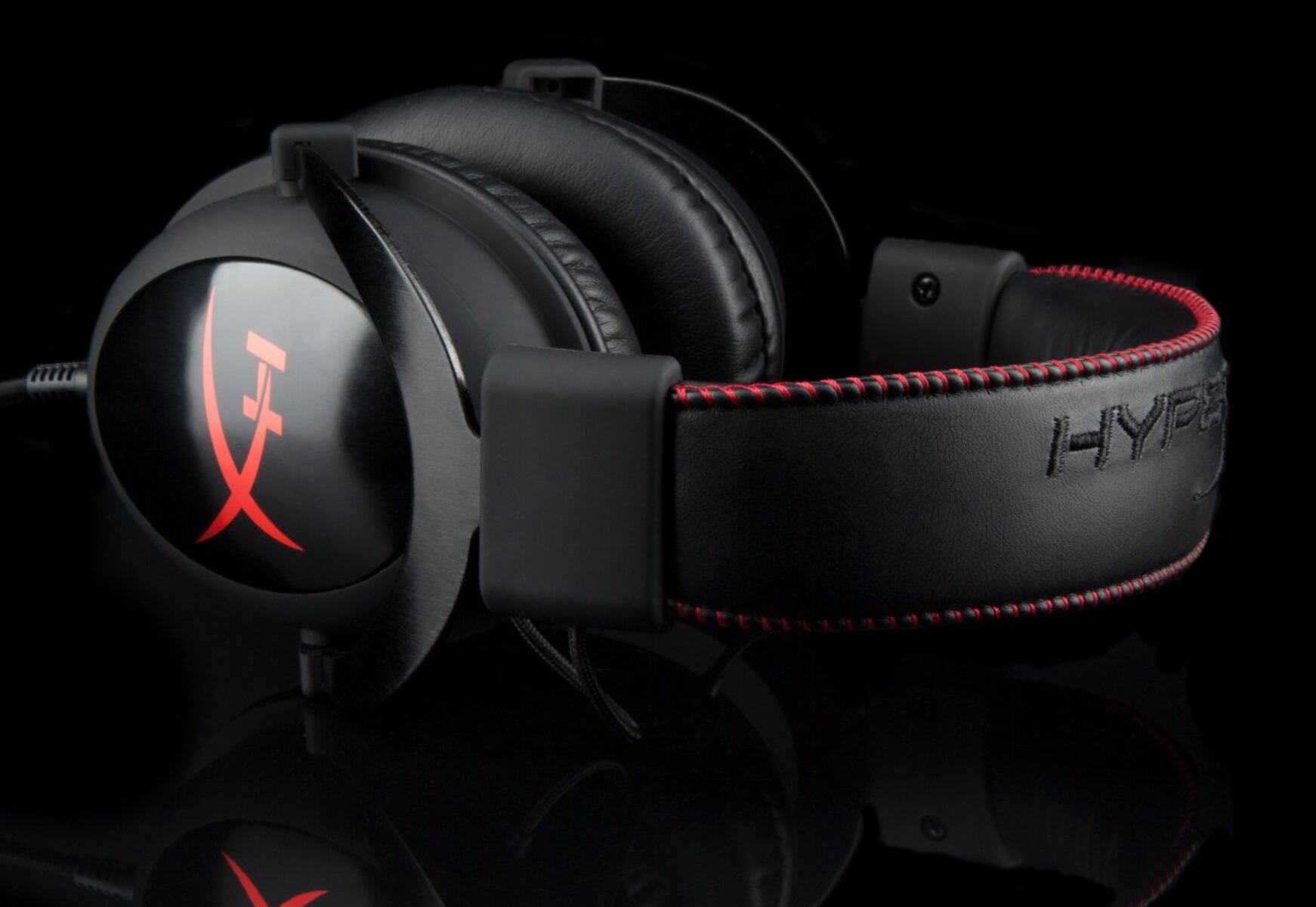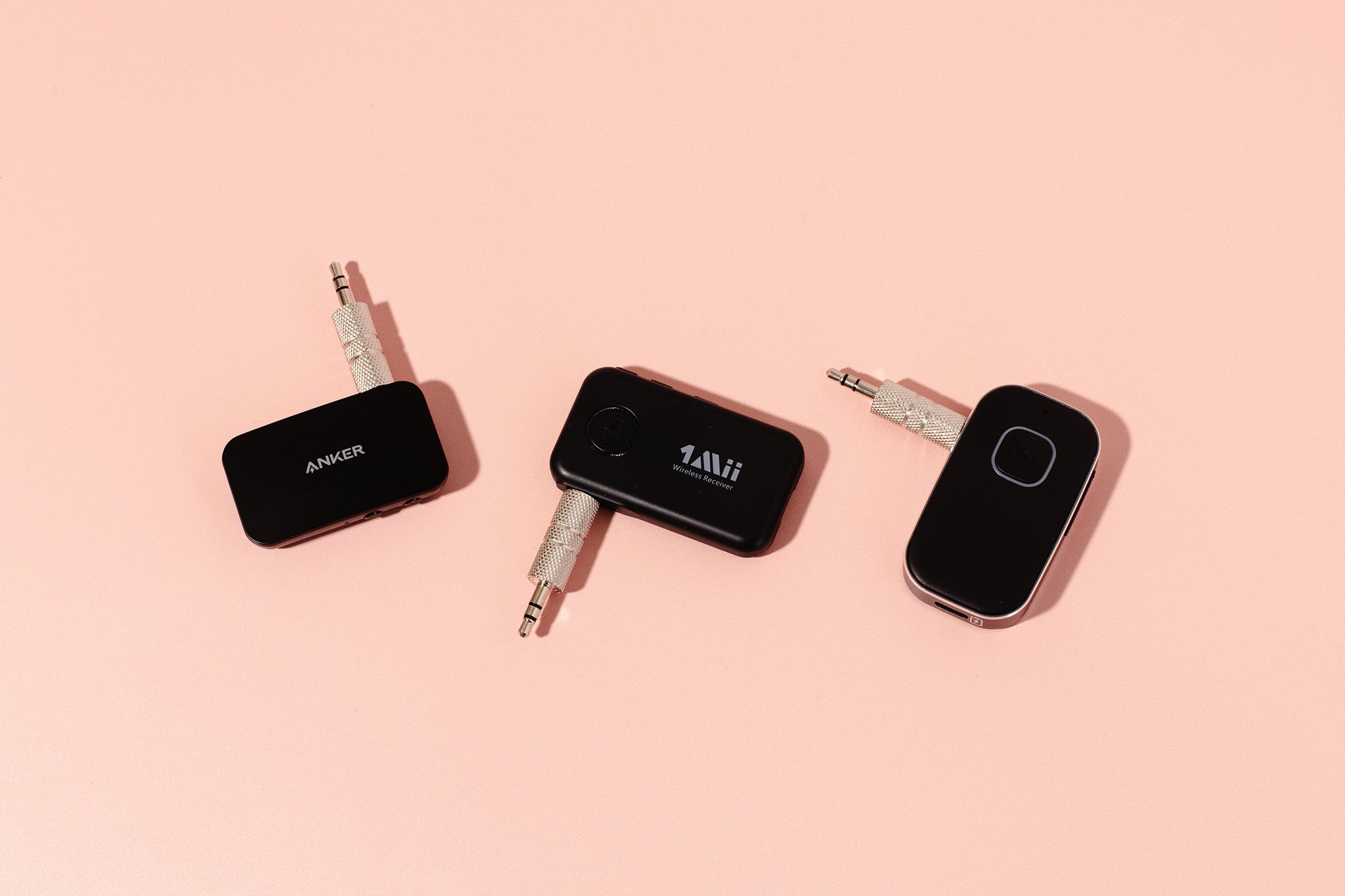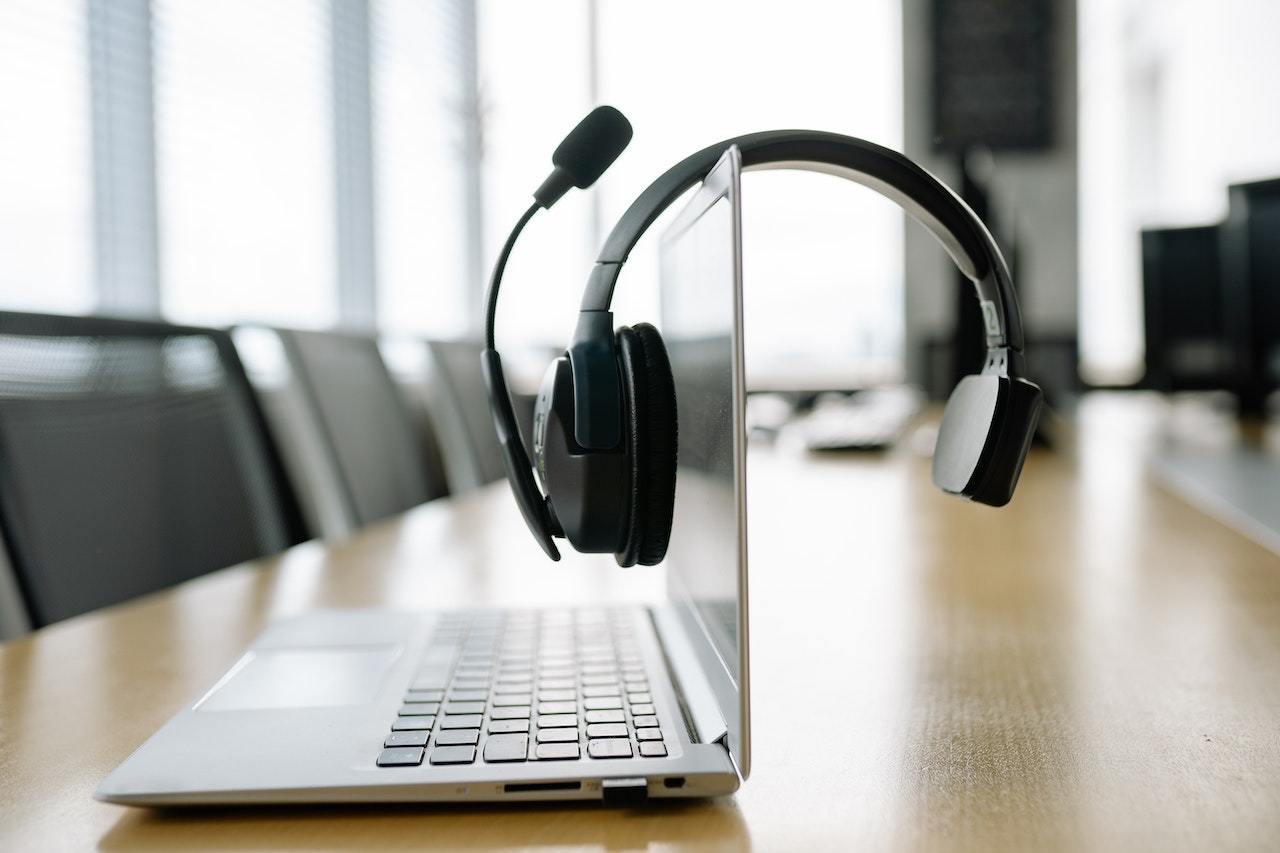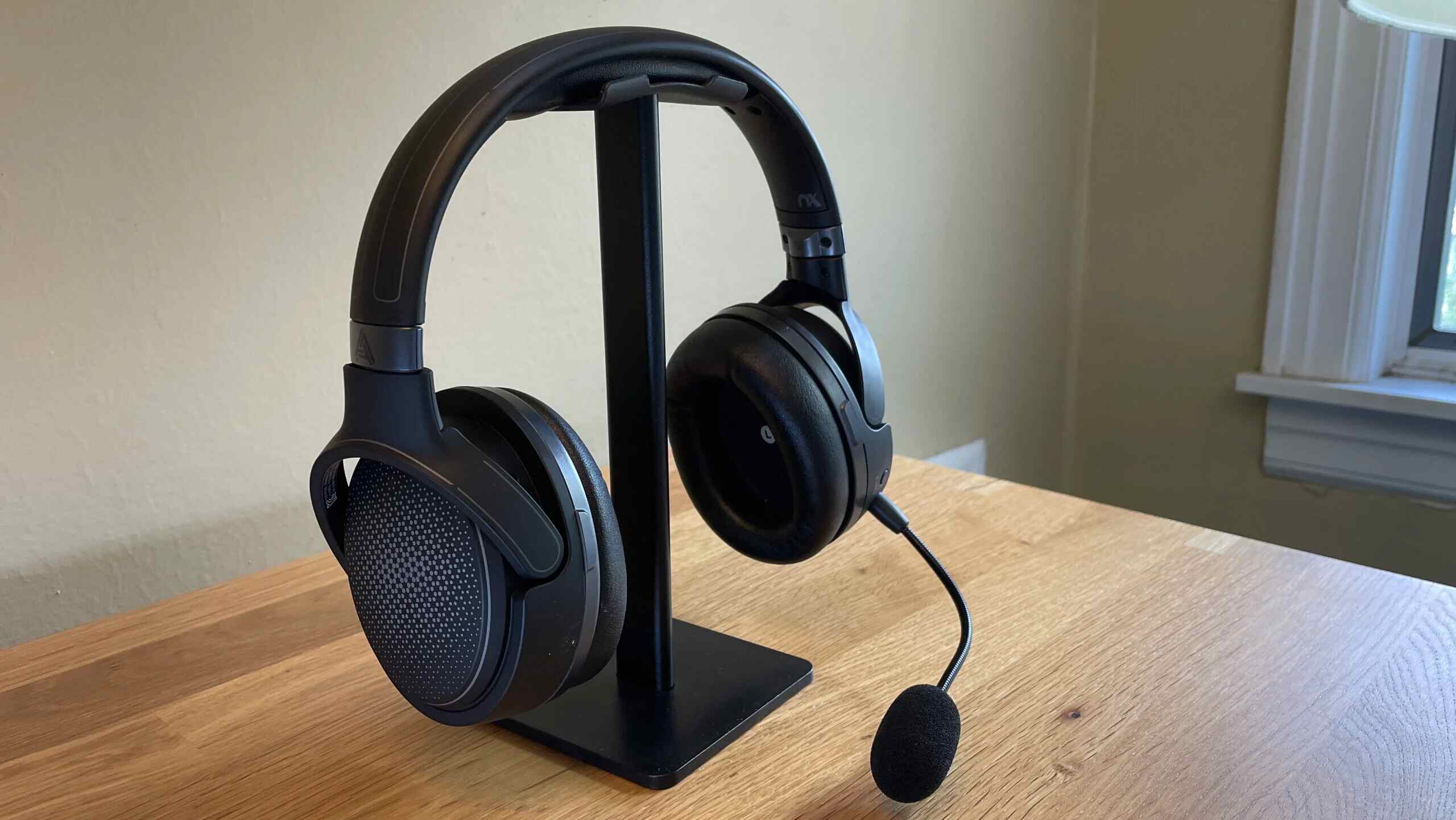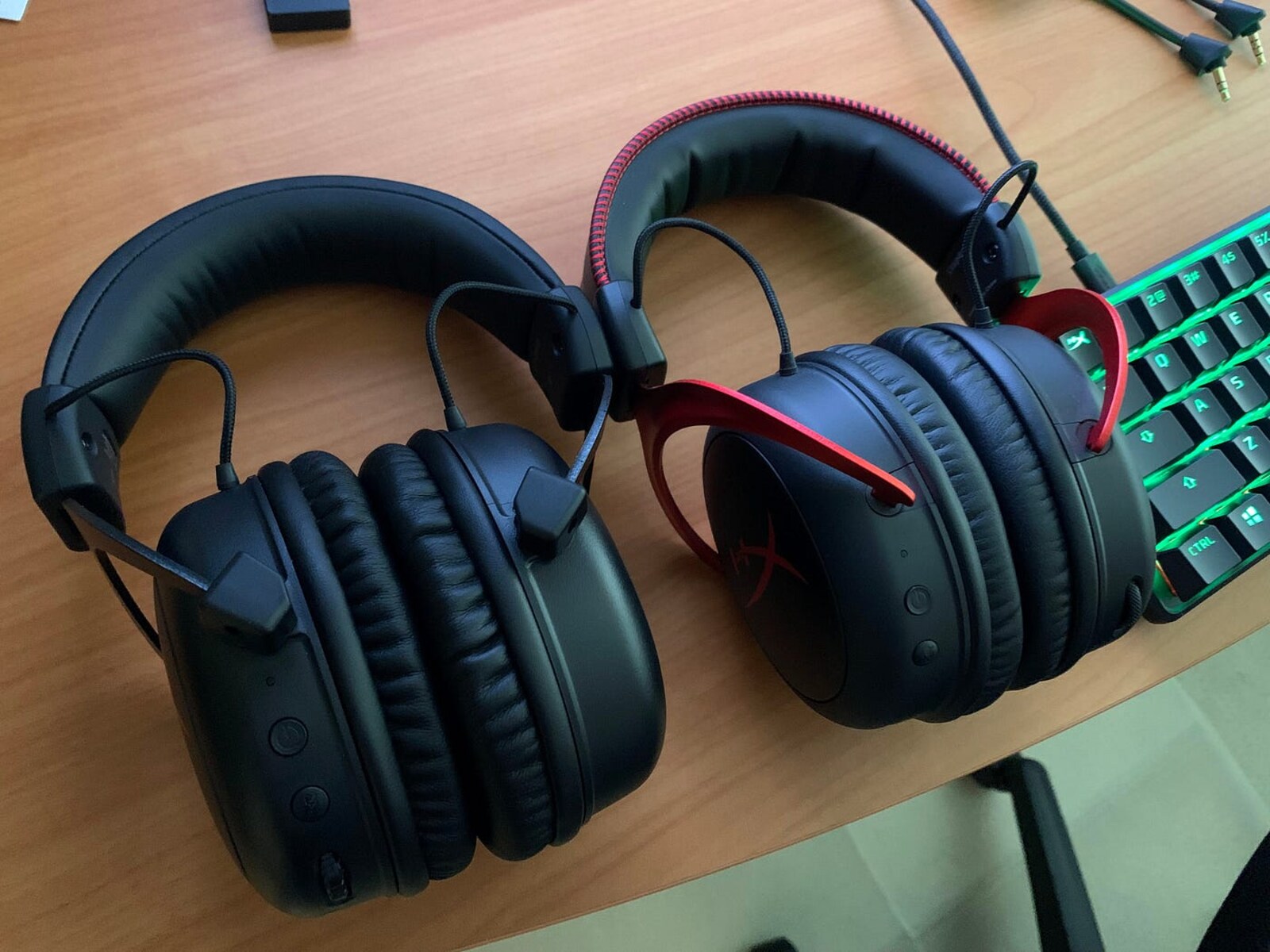Introduction
Gaming headsets have become an essential accessory for PC gamers, providing an immersive audio experience and clear communication with teammates. However, using a gaming headset on a PC without a splitter or encountering compatibility issues can be a common challenge. Fortunately, there are various methods to connect and utilize gaming headsets without the need for additional hardware.
In this guide, we will explore the different types of gaming headsets and how to use them on a PC without a splitter. Whether your headset utilizes a single 3.5mm jack or a USB connection, we will walk you through the necessary steps to ensure seamless integration with your PC. Additionally, we will delve into configuring audio settings on your computer and troubleshooting common issues that may arise during the setup process.
By the end of this guide, you will have the knowledge and expertise to effectively use your gaming headset on your PC, enhancing your gaming experience and communication with fellow players.
Understanding the Different Types of Gaming Headsets
Gaming headsets come in various types, each with distinct connectivity options and features. Understanding the differences between these types is crucial for effectively using them on a PC without a splitter.
- Single 3.5mm Jack Headsets: These headsets feature a single 3.5mm audio jack that combines both headphone and microphone signals. They are commonly designed for use with consoles and mobile devices, but can also be compatible with PCs that have a unified audio jack.
- USB Headsets: USB gaming headsets connect directly to a PC via a USB port, providing both audio output and microphone input through a single connection. They often come with built-in sound cards and digital signal processing for enhanced audio quality.
- Wireless Headsets: These headsets utilize wireless technology, such as Bluetooth or proprietary wireless adapters, to connect to a PC without the need for physical cables. They offer the convenience of mobility and can be compatible with PCs that support wireless connectivity.
When using a gaming headset on a PC without a splitter, it’s essential to determine the type of connectivity your headset utilizes, as this will dictate the method of integration with your computer. Whether it’s a single 3.5mm jack headset or a USB headset, knowing the specific features and requirements of your headset will streamline the setup process and ensure optimal performance.
Using a Gaming Headset with a Single 3.5mm Jack
Connecting a gaming headset with a single 3.5mm jack to a PC that lacks separate headphone and microphone ports can be achieved through various methods. If your PC has a combined audio jack, you can use a splitter or an adapter to separate the headphone and microphone signals. Alternatively, some gaming headsets are compatible with unified audio jacks and can be directly connected without the need for additional accessories.
Here’s a step-by-step guide to using a gaming headset with a single 3.5mm jack on your PC:
- Check PC Compatibility: Ensure that your PC has a single 3.5mm audio jack that supports both headphone and microphone signals. If your PC has separate jacks, you may need a splitter or adapter to combine the signals into a unified connection.
- Verify Headset Compatibility: Confirm that your gaming headset is designed to work with a single 3.5mm jack and is compatible with PCs. Some headsets come with detachable or retractable microphones, making them suitable for unified audio jacks.
- Connect the Headset: Insert the 3.5mm jack of the headset into the corresponding audio port on your PC. If the headset has separate headphone and microphone plugs, use a splitter to combine them into a single 3.5mm connection.
- Configure Audio Settings: Once connected, access your PC’s audio settings to ensure that the headset is recognized as the default audio input and output device. Adjust the volume levels and microphone settings as needed for optimal performance.
By following these steps, you can effectively use a gaming headset with a single 3.5mm jack on your PC, enabling you to enjoy high-quality audio and seamless communication during gaming sessions.
Using a Gaming Headset with USB Connection
When utilizing a gaming headset with a USB connection on a PC, the setup process is typically straightforward, as USB headsets are designed to provide both audio output and microphone input through a single USB port. This eliminates the need for separate audio and microphone jacks, streamlining the integration process.
Here’s a comprehensive guide to using a gaming headset with a USB connection on your PC:
- Plug and Play: Connect the USB cable of the gaming headset to an available USB port on your PC. The operating system should automatically detect and install the necessary drivers for the headset.
- Driver Installation (if required): In some cases, the headset may come with specific drivers or software for advanced features such as surround sound, equalization, or microphone settings. Install the provided drivers or software to unlock the full potential of the headset.
- Configure Audio Settings: Access your PC’s audio settings to ensure that the USB headset is recognized as the default audio input and output device. Adjust the volume levels and microphone settings as needed for optimal performance.
- Enhanced Features: Explore any additional features offered by the headset’s drivers or software, such as customizing audio profiles, enabling virtual surround sound, or adjusting microphone sensitivity. These enhancements can further elevate your gaming and communication experience.
By following these steps, you can seamlessly integrate a gaming headset with a USB connection into your PC, unlocking its full audio potential and ensuring clear communication with your gaming companions.
Configuring Audio Settings on Your PC
Configuring the audio settings on your PC is essential to ensure that your gaming headset functions optimally and delivers the best audio experience. Whether you’re using a headset with a single 3.5mm jack or a USB connection, adjusting the audio settings can significantly enhance your gaming immersion and communication clarity.
Here are the key steps to configure the audio settings on your PC for seamless integration with your gaming headset:
- Default Playback and Recording Devices: Access the sound settings on your PC and set your gaming headset as the default playback and recording device. This ensures that all audio output and input is directed through the headset, providing a consistent audio experience.
- Volume and Microphone Levels: Adjust the volume levels of your headset to a comfortable and appropriate level for gaming. Additionally, fine-tune the microphone levels to ensure that your voice is captured clearly without distortion or background noise.
- Enhancements and Spatial Sound: Explore any audio enhancements or spatial sound settings available on your PC. These features can enhance the audio quality, provide virtual surround sound, and optimize the spatial awareness in games for a more immersive experience.
- Communication and Chat Settings: If you engage in online multiplayer games or voice chat, ensure that the communication settings are configured to prioritize voice communication through your headset. This prevents audio from being routed to other devices and maintains clear communication with teammates.
- Customization and Equalization: Some PCs offer audio customization options and equalizer settings. Experiment with these features to tailor the audio output to your preferences, adjusting bass, treble, and other audio parameters to suit different game genres or personal preferences.
By meticulously configuring the audio settings on your PC, you can maximize the potential of your gaming headset, immersing yourself in high-quality audio and ensuring seamless communication with fellow gamers.
Troubleshooting Common Issues
While setting up and using a gaming headset on a PC, you may encounter common issues that can impact audio quality and communication. Understanding how to troubleshoot these issues is crucial for maintaining a seamless gaming experience. Here are some common problems and their troubleshooting steps:
- No Audio Output: If you’re not hearing any audio through your headset, ensure that it is set as the default playback device in your PC’s audio settings. Check the headset’s volume controls and the physical connection to the PC to ensure proper functionality.
- Microphone Not Working: If your microphone is not picking up your voice, verify that it is set as the default recording device in your PC’s audio settings. Check the microphone’s mute switch, if applicable, and ensure that the connection is secure.
- Driver Issues: If you’re using a USB headset and experiencing driver-related issues, such as audio distortion or connectivity problems, consider reinstalling the headset’s drivers or updating them to the latest version. Check the manufacturer’s website for driver updates and troubleshooting guides.
- Interference or Distortion: Wireless headsets may experience interference or audio distortion. Ensure that the headset is charged or has fresh batteries, and minimize potential sources of interference, such as other wireless devices or physical obstructions.
- Software Compatibility: Some gaming headsets come with proprietary software for advanced features. If the software is not functioning correctly, ensure that it is compatible with your PC’s operating system and meets the system requirements. Reinstalling the software or checking for updates may resolve compatibility issues.
- Audio Crossover: In the case of using a single 3.5mm jack headset with a PC that has separate audio and microphone ports, a crossover issue may occur. Using a splitter or adapter specifically designed for audio crossover can resolve this issue by combining the signals into a unified connection.
By addressing these common issues through troubleshooting steps, you can effectively resolve audio and connectivity problems with your gaming headset, ensuring a smooth and immersive gaming experience.
Conclusion
Mastering the art of using a gaming headset on a PC without a splitter opens up a world of immersive audio and seamless communication for gamers. Whether your headset utilizes a single 3.5mm jack or a USB connection, the integration process can be streamlined with the right knowledge and troubleshooting skills.
Understanding the different types of gaming headsets, including those with single 3.5mm jacks and USB connections, empowers gamers to make informed choices and effectively utilize their preferred headsets with their PCs. Configuring audio settings, such as default playback and recording devices, volume levels, and spatial sound enhancements, further enhances the overall gaming experience, providing crystal-clear audio and optimal communication during gameplay.
Moreover, troubleshooting common issues, such as audio output problems, microphone issues, driver-related issues, and interference, equips gamers with the skills to overcome technical hurdles and maintain uninterrupted gaming sessions.
By following the comprehensive guidance provided in this guide, gamers can harness the full potential of their gaming headsets, immersing themselves in captivating audio landscapes and fostering seamless communication with teammates. With the right setup and configuration, gaming headsets become indispensable tools for enhancing the overall gaming experience, whether engaging in intense multiplayer battles or exploring immersive single-player adventures.
Embracing the versatility and capabilities of gaming headsets on PCs without splitters not only enriches gaming experiences but also fosters a deeper connection to the virtual worlds that gamers inhabit, elevating the overall enjoyment and immersion in the gaming realm.







